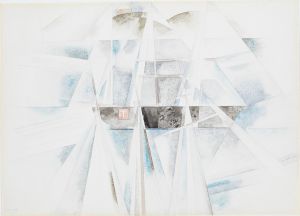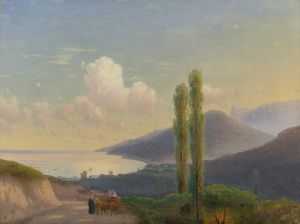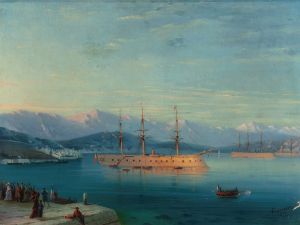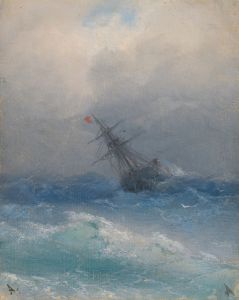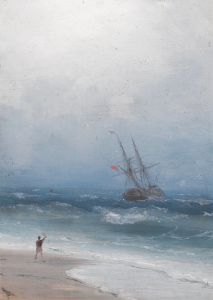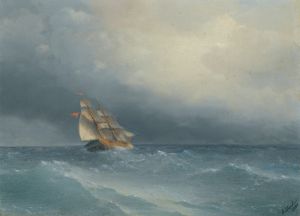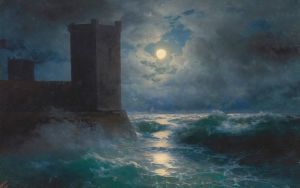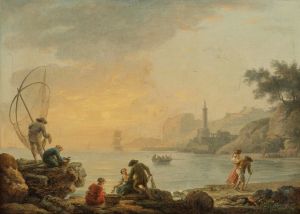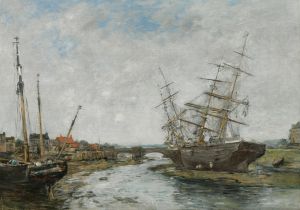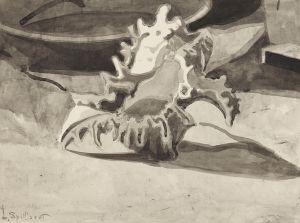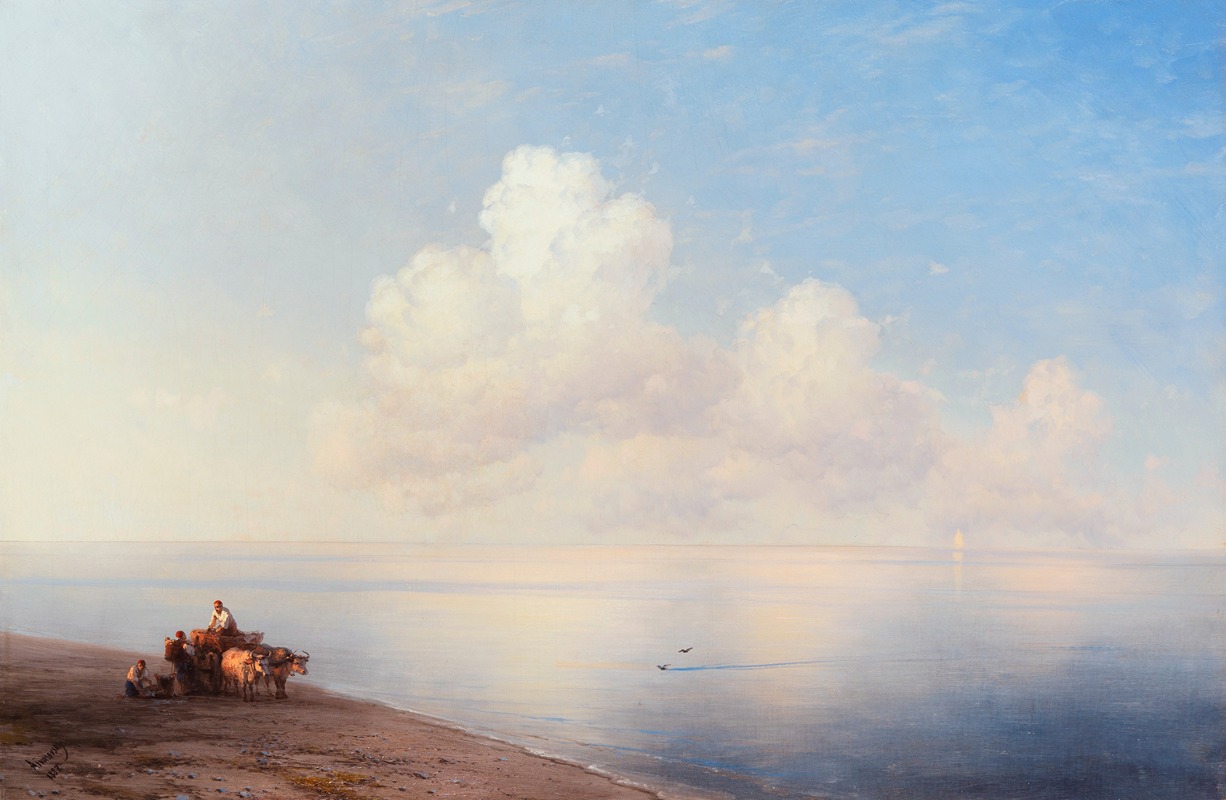
Ruhige See
A hand-painted replica of Ivan Konstantinovich Aivazovsky’s masterpiece Ruhige See, meticulously crafted by professional artists to capture the true essence of the original. Each piece is created with museum-quality canvas and rare mineral pigments, carefully painted by experienced artists with delicate brushstrokes and rich, layered colors to perfectly recreate the texture of the original artwork. Unlike machine-printed reproductions, this hand-painted version brings the painting to life, infused with the artist’s emotions and skill in every stroke. Whether for personal collection or home decoration, it instantly elevates the artistic atmosphere of any space.
Ivan Konstantinovich Aivazovsky was a renowned Russian Romantic painter, celebrated for his masterful seascapes. Born in 1817 in Feodosia, Crimea, Aivazovsky became one of the most prominent marine artists of the 19th century. His works are known for their dramatic use of light, vivid colors, and the ability to capture the movement and mood of the sea. Among his extensive oeuvre, "Ruhige See" is one of the paintings that exemplifies his skill in depicting tranquil maritime scenes.
"Ruhige See," which translates to "Calm Sea" in English, is a painting that captures the serene beauty of the ocean. While specific details about the creation date and the current location of this painting are not widely documented, it is consistent with Aivazovsky's style and thematic focus. Aivazovsky often painted the sea in various states, from tumultuous storms to peaceful, calm waters, showcasing his versatility and deep understanding of maritime subjects.
In "Ruhige See," Aivazovsky employs a soft, harmonious palette to convey the tranquility of the sea. The painting likely features a horizon where the sky meets the water, a common compositional element in Aivazovsky's work that emphasizes the vastness and infinity of the ocean. The calmness of the sea is often depicted through gentle waves and a reflective surface, capturing the stillness and peace of a quiet maritime moment.
Aivazovsky's technique involved the use of delicate brushwork and a keen attention to the interplay of light and shadow. This allowed him to create a sense of depth and realism, making the viewer feel as though they are gazing upon the actual sea. His ability to depict the subtle changes in light, from the soft glow of dawn to the warm hues of sunset, adds an emotional resonance to his seascapes, inviting contemplation and reflection.
Throughout his career, Aivazovsky painted thousands of works, many of which are housed in major museums and private collections around the world. His paintings are celebrated for their emotional impact and technical brilliance, and they continue to be studied and admired by art enthusiasts and scholars alike.
While "Ruhige See" may not be as widely recognized as some of Aivazovsky's other masterpieces, such as "The Ninth Wave" or "The Black Sea," it remains an important part of his body of work. It exemplifies his ability to capture the serene and meditative qualities of the sea, offering a glimpse into the quieter, more contemplative side of his artistic vision.
Aivazovsky's legacy as a master of marine art endures, and his paintings continue to inspire and captivate audiences with their beauty and emotional depth. His contribution to the Romantic movement and his influence on subsequent generations of artists underscore his significance in the history of art.





